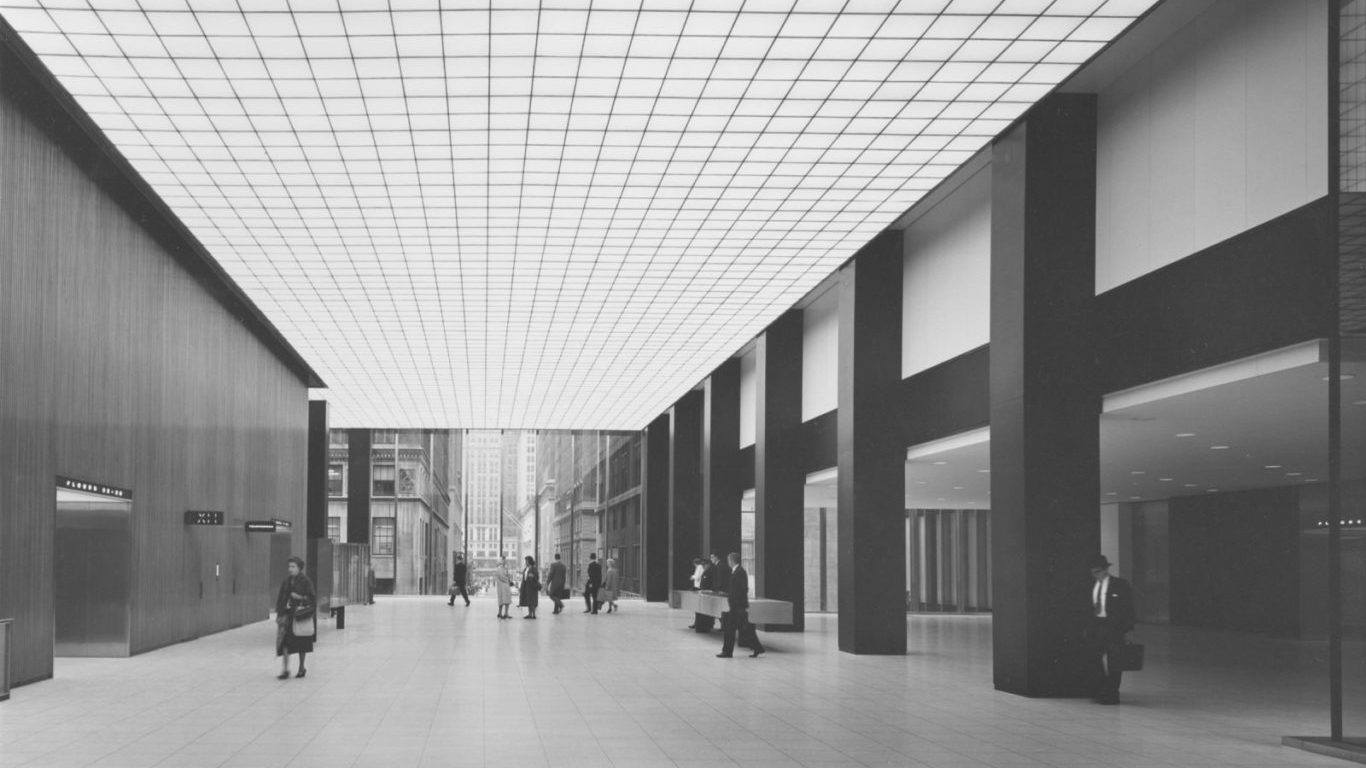Steve Reich’s Eight Lines is the exuberant, optimistic music of late twentieth century capitalist America.
Composed in 1979 and originally titled Octet, it emerged from a world inundated with repetitive mass advertising and equally repetitive, slickly produced popular music. Built on minimalism’s satisfying, unrelenting pulse and sunny, jazz-infused repeating riffs, Eight Lines is a hypnotic musical joy ride which can alter our perception of time. We experience this music on a visceral level. Its rhythmic groove and swing is irresistible. As we focus our ears and become one with the interlocking counterpoint, our sense of expectation is heightened rather than dulled. The pop songs of the 1970s and 80s typically and formulaically reach a climax with the continuous repetition of the “hook” or chorus just before fadeout. They use fundamental rhythm and harmonic pull to keep us rooted in a euphoric “present moment.” Listening to Eight Lines, we experience something similar.
Eight Lines is scored for a chamber ensemble consisting of two pianos, two string quartets, flute, piccolo, clarinet, and bass clarinet. At no time are there more than eight voices. Colorful repeating polyphonic riffs meet longer sustained tones, which augment to create music which is simultaneously fast and slow. Reich has mentioned the influence of Jewish cantillation (chant) on the structure of the music. Set in 5/4 time, the piece is propelled forward with a sense of buoyant motion. Eight Lines unfolds in five sections. In each section, melodic fragments bubble up, expand through an additive process, and then fade away. The transitions between sections are gradual, with voices entering and dropping out to create an ever-changing sonic kaleidoscope. At times, transitions between sections become magically imperceptible. In the final section, earlier elements come together to create a jubilant prolonged “arrival.”
This performance, recorded in 1997, features Bradley Lubman leading the Frankfurt, Germany-based Ensemble Modern. As a student at the Eastman School of Music, I was fortunate to perform this piece in an ensemble which received coaching from Lubman.
Recordings
- Reich: Eight Lines, Bradley Lubman, Ensemble Modern ensemble-modern.com
Featured Image: the lobby of Skidmore,Owings & Merrill’s Union Carbide Corporation Headquarters in New York, photograph by Ezra Stoller


Fascinating!
too much repitition.. got started- but then got stuck in a groove
too much repitition. got started but then got stuck in a groove
Thank you for sharing this, I had never heard this music before.
After listening closely to the beat, I realized it reminded me of Radiohead’s 15 Step. To me, it sounds like the exact same rhythm, but mine is an untrained ear so I have no idea if there is any truth to that connection.
15 Step is really interesting in terms of rhythm, and I definitely hear similarities. In an earlier post, I drew some comparisons between Reich’s Double Sextet and Coldplay: https://thelistenersclub.com/2016/10/24/can-you-hear-coldplay-in-steve-reich/
I love Steve Reich. One of my more memorable concert moments in my 65 years is getting to experience his Music for 18 Musicians performed by the Seattle based Emerald City Music. Reich isn’t for everyone but the hall was filled for this one since it is so rarely performed and is one of his most well known compositions.